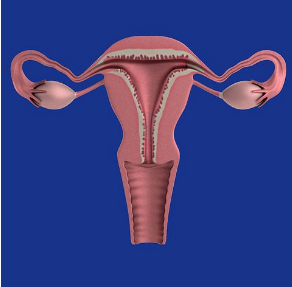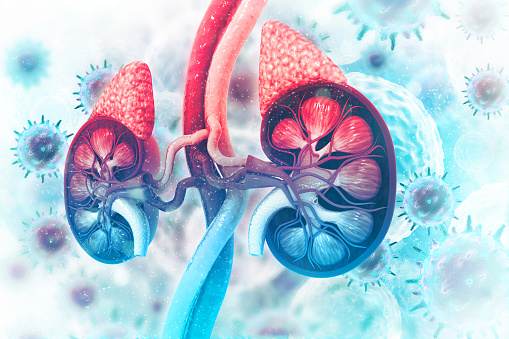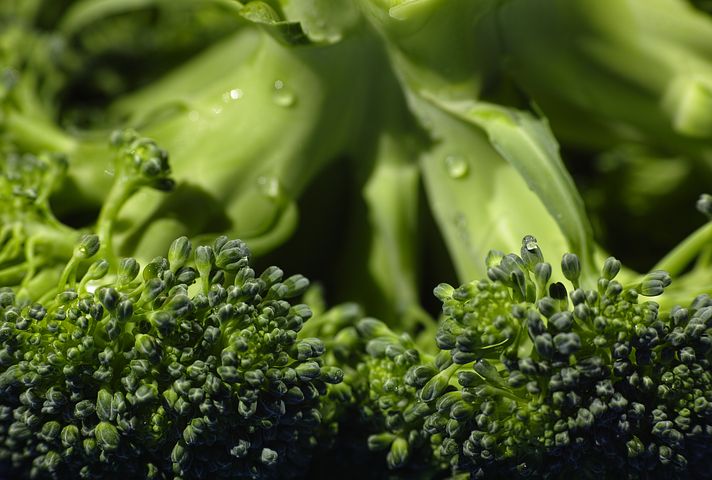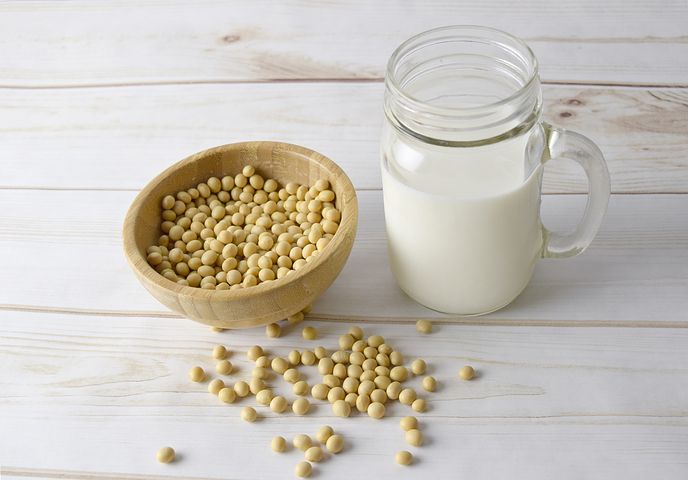All women have estrogen. That’s what makes us women! However, what happens when our estrogen levels get too high and what can cause levels to climb?
First, let’s talk about what estrogen is supposed to do. So that I don’t have to keep saying “in a woman’s body,” let’s just assume that this article is focused on women’s health and keep things simple.
Estrogen helps develop and maintain both the reproductive system. It is also responsible for creating female characteristics such as breasts and pubic hair. That’s what we’re taught in human biology 101.
But did you know that estrogen is also responsible for cognitive health, bone health, and cardiovascular health? Yep! That’s right! It does so much more than just make your bleed every month or make it possible to bear children when in balance with progesterone.
Ovaries and fat cells produce the bulk of our estrogen before menopause.


After menopause, it is our adrenals take over our estrogen production.
But what happens when we have too much of a good thing?
When too much estrogen is floating around in the body, that typically means that your liver is having a hard time getting rid of it or your body’s ability to methylate is impaired in some way.
When this happens, an increase in the uterine lining (endometrial hyperplasia) may occur. If left unchecked, this could potentially lead to endometrial cancer. Too much estrogen may also increase your risk for the development of autoimmune conditions as many are driven by estrogen. Endometrial hyperplasia accompanied by abnormal cells can progress to cancer about 27% of the time (2). Some medical doctors caution that these numbers may actually be significantly lower than actual. Many women who end up having a hysterectomy for atypical endometrial hyperplasia also have cancer concurrently (3).

You Can Balance Your Estrogen Levels
All of that extra estrogen in the system can make you feel cranky, cause you to hold onto excess weight, and lead to chronic headaches. But we do need estrogen to feel energized and to bring about a general feeling of well-being. It’s all in the balance, Baby!
As estrogen is moving out of your body, it has to go through biotransformation (commonly known as detoxification). Phase 1 and 2 take place in the liver, which is why it’s important to make sure that you are showing that liver some well-deserved liver-love! Your liver is responsible for creating the estrogen metabolites that the body gets to excrete through phase 3, which requires healthy gut function and a healthy microbiome.
Nutritional Tips to Help Balance Estrogen Levels

1. Consume vegetables from the cruciferous family daily. This includes broccoli, cauliflower, kale (all varieties), bok choy, arugula, cabbage, kohlrabi, daikon, mustard, radish, rutabaga, etc.
2. Avoid alcohol. Alcohol raises your estrogen levels, even when consumed in small doses.


3. Consume 25-35 grams of fiber daily to keep your bowels moving. You should have 3-4 bowel movements daily. This helps your body to remove the estrogens instead of recycling them.
4. Limit your intakes of phytoestrogens, such as soy, and animal-based dairy that may raise your estrogen levels.


5. Find ways to transform your stress from negative to positive. We can’t escape stress, but we can definitely find ways to relieve it. Stress can make your estrogen levels worse and elevated estrogens make it harder to handle even the smallest of stressors (1).
2. Fernandez‐Montoli ME, Sabadell J, Martínez‐García JM, Contreras Perez NA. Fertility‐sparing treatment for atypical endometrial hyperplasia and endometrial cancer. Cochrane Database of Systematic Reviews 2018, Issue 8.
3. Fernandez‐Montoli ME, Sabadell J, Martínez‐García JM, Contreras Perez NA. Fertility‐sparing treatment for atypical endometrial hyperplasia and endometrial cancer. Cochrane Database of Systematic Reviews 2018, Issue 8.


